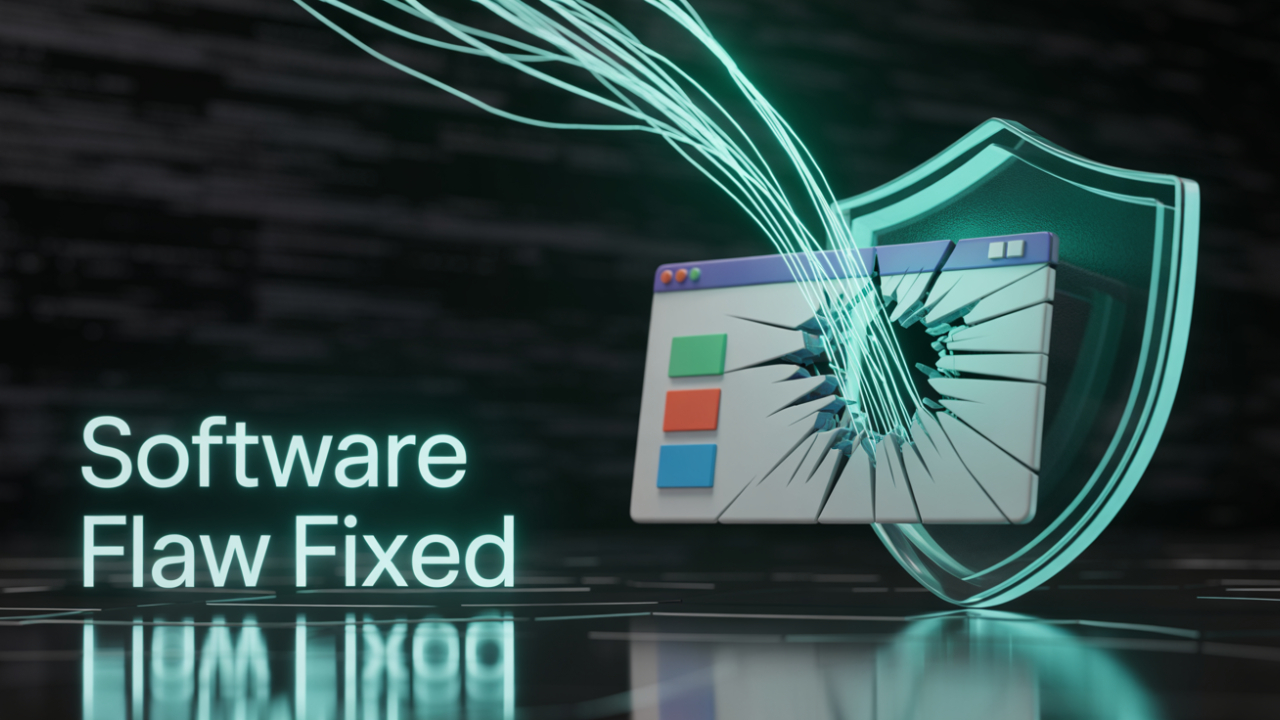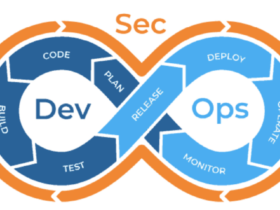In the rapidly evolving landscape of cybersecurity, a Microsoft SharePoint Zero-Day Exploit has recently emerged as a critical threat, sending ripples of concern through organizations worldwide. This vulnerability, actively exploited in the wild, targets on-premises versions of Microsoft SharePoint Server, putting vast amounts of sensitive organizational data at risk. Understanding the nature of this zero-day, its potential impact, and the immediate mitigation steps is paramount for any organization utilizing SharePoint for collaboration and document management. This article will delve into the specifics of this urgent threat, explain what a zero-day exploit entails, detail the affected versions and observed attack methods, and provide crucial guidance for protection and response.
What is a Zero-Day Exploit?
A “zero-day” exploit refers to a cyberattack that leverages a previously unknown security vulnerability in software or hardware. The term “zero-day” signifies that the software vendor (in this case, Microsoft) has “zero days” to fix the flaw because malicious actors are already actively exploiting it to gain unauthorized access or cause damage to vulnerable systems.
The danger of zero-day exploits lies in their stealth and surprise. Since the vulnerability is unknown to security researchers and vendors, no patches or immediate defenses exist. This gives attackers a significant advantage, allowing them to penetrate networks undetected and potentially establish persistent access, steal data, or deploy further malicious payloads before a fix is developed and widely applied. Once a zero-day vulnerability becomes public knowledge and a patch is released, it is no longer considered a “zero-day” but rather an “N-day” or “one-day” vulnerability.
The Current Microsoft SharePoint Zero-Day : CVE-2025-53770 and CVE-2025-53771
The specific Microsoft SharePoint Zero-Day Exploit currently under active exploitation involves a chain of vulnerabilities, primarily identified as CVE-2025-53770 (a critical Remote Code Execution – RCE vulnerability with a CVSS score of 9.8) and CVE-2025-53771 (a spoofing vulnerability with a CVSS score of 6.3). These new CVEs are considered bypasses or variants of previously patched vulnerabilities (CVE-2025-49704 and CVE-2025-49706) from Microsoft’s July 2025 Patch Tuesday updates.
The exploit chain, reportedly dubbed “ToolShell,” allows unauthenticated attackers to:
- Bypass authentication: CVE-2025-53771 enables attackers to spoof legitimate requests, even bypassing multi-factor authentication (MFA) and single sign-on (SSO) to gain unauthorized access.
- Execute arbitrary code: CVE-2025-53770 allows for remote code execution by exploiting how SharePoint deserializes untrusted data. This means attackers can run their own malicious code on the compromised server.
- Steal cryptographic keys: Threat actors are using the exploit to exfiltrate critical SharePoint server machine keys (ValidationKey and DecryptionKey), which can allow them to forge trusted payloads and maintain persistent access even after patching.
- Deploy web shells: Attackers are implanting persistent web shells (e.g.,
spinstall0.aspx) to ensure long-term control over affected systems.
This combination of capabilities makes this particular Microsoft SharePoint Zero-Day Exploit exceptionally dangerous, as it allows for complete system compromise and persistent unauthorized access.
Affected Versions and Scope of Impact
Crucially, this Microsoft SharePoint Zero-Day Exploit only affects on-premises deployments of Microsoft SharePoint Server. SharePoint Online (Microsoft 365 cloud-based service) is NOT impacted by these vulnerabilities.
The affected versions of on-premises SharePoint Server include:
- SharePoint Server Subscription Edition
- SharePoint Server 2019
- SharePoint Server 2016 (patch not yet available as of current advisories)
- Older, unsupported versions (2010, 2013) are also considered vulnerable and highly exposed.
Early reports indicate that at least dozens, and potentially thousands, of SharePoint servers globally have been compromised, with observed attacks beginning around July 18, 2025. Organizations with internet-facing SharePoint servers are particularly at risk. Due to the severe nature of the exploit, cybersecurity experts are urging organizations with vulnerable on-premises SharePoint deployments to assume compromise if their servers were exposed to the internet.
Microsoft’s Response and Immediate Mitigation
Microsoft has acknowledged the active exploitation of this Microsoft SharePoint Zero-Day Exploit and has been working rapidly to provide guidance and patches. As of July 21, 2025, emergency out-of-band patches have been released for:
- SharePoint Server Subscription Edition
- SharePoint Server 2019
Organizations using these versions must apply these updates immediately. Microsoft is still working on a fix for SharePoint Server 2016.
Beyond applying patches, Microsoft and leading cybersecurity firms recommend the following immediate mitigation actions:
- Apply All Available Patches: For SharePoint Server Subscription Edition and SharePoint Server 2019, install the emergency security updates (KB5002768 for Subscription Edition and KB5002754 for SharePoint Server 2019) without delay. For SharePoint Server 2016, monitor Microsoft’s Security Response Center (MSRC) blog for updates.
- Assume Compromise and Isolate: If your on-premises SharePoint Server was exposed to the internet, you should assume it has been compromised. Immediately disconnect vulnerable servers from the internet until they can be fully secured and remediated.
- Rotate All Cryptographic Material (Machine Keys): This is a critical step. Even if a patch is applied, attackers might have already stolen machine keys, allowing them to maintain persistent access. Rotate your SharePoint Server ASP.NET machine keys and restart IIS on all SharePoint servers. Microsoft provides PowerShell guidance for this process (e.g.,
Set-SPMachineKeyandUpdate-SPMachineKey). - Engage Professional Incident Response: Due to the complexity of this exploit and the potential for persistent backdoors, it is highly recommended to engage a professional incident response team. They can conduct a thorough compromise assessment, hunt for established backdoors, and ensure the threat is fully eradicated from your environment.
- Enable AMSI and Deploy Antivirus: Ensure Antimalware Scan Interface (AMSI) integration is enabled in SharePoint Server and deploy a compatible AMSI-capable antivirus/antimalware provider (like Microsoft Defender Antivirus) across all SharePoint servers. While AMSI may not offer comprehensive protection against all variants, it adds a layer of defense against known malicious components.
- Monitor for Indicators of Compromise (IOCs): Actively monitor IIS logs for suspicious POST requests (e.g., to
/_layouts/15/ToolPane.aspx?DisplayMode=Edit&a=/ToolPane.aspxwith a forgedReferer: /_layouts/SignOut.aspx). Also, check for the presence of suspicious files likeC:\PROGRA~1\COMMON~1\MICROS~1\WEBSER~1\15\TEMPLATE\LAYOUTS\spinstall0.aspxand monitor network logs for scanning or exploitation attempts from known malicious IPs. - Limit Public Exposure: If possible, do not expose on-premises SharePoint servers directly to the internet. Utilize VPNs or other secure remote access solutions.
The U.S. Cybersecurity and Infrastructure Security Agency (CISA) has added CVE-2025-53770 to its Known Exploited Vulnerabilities Catalog, urging federal agencies to take immediate action. This highlights the severity and widespread concern about this particular Microsoft SharePoint Zero-Day Exploit.
For the latest official guidance and patches, always refer directly to the Microsoft Security Response Center (MSRC) blog and Microsoft’s official update guide.
Broader Implications for Enterprise Security
This Microsoft SharePoint Zero-Day Exploit underscores several critical lessons for enterprise security:
- Patch Management is Paramount: While zero-days are, by definition, unpatched, rapid deployment of emergency patches is crucial once they become available. Organizations must have efficient patch management processes.
- Defense-in-Depth: Relying on a single security control is insufficient. Layered security (firewalls, EDR, IAM, network segmentation, security awareness training) is essential to detect and prevent attacks.
- Proactive Threat Hunting: Organizations cannot simply wait for alerts. Proactive threat hunting, using tools like SIEM and EDR, can help identify subtle indicators of compromise that might precede a full-blown breach.
- Assume Breach Mindset: Given the increasing sophistication of attacks, an “assume breach” mindset encourages organizations to prepare for and detect compromises rather than solely relying on prevention.
- Supply Chain and Third-Party Risk: While SharePoint is a Microsoft product, the reliance on third-party integrations and custom solutions can introduce additional vulnerabilities.
- Importance of On-Premises vs. Cloud Security: This incident strongly differentiates the security posture of on-premises software, where the customer bears significant responsibility for patching and hardening, versus cloud services like SharePoint Online, where Microsoft manages the underlying infrastructure security.
Organizations must consistently review their security architectures and incident response plans to be resilient against such high-impact threats. For further insights into protecting enterprise systems from advanced threats, consider exploring resources from the National Institute of Standards and Technology (NIST) Cybersecurity Framework.
The active Microsoft SharePoint Zero-Day Exploit serves as a potent reminder of the persistent and evolving dangers in the digital realm. For organizations relying on on-premises SharePoint Servers, immediate action is not just recommended, but critical. By swiftly applying available patches, rotating cryptographic keys, assuming potential compromise, and engaging with cybersecurity experts, businesses can significantly reduce their exposure and begin the arduous process of remediation. Staying informed, vigilant, and proactive is the only way to effectively navigate the complex landscape of modern cyber threats and protect invaluable digital assets.
Stay ahead of the curve in cybersecurity. Explore our articles on advanced threat detection and secure cloud migration at [https://jurnalin.com/].










اترك رد